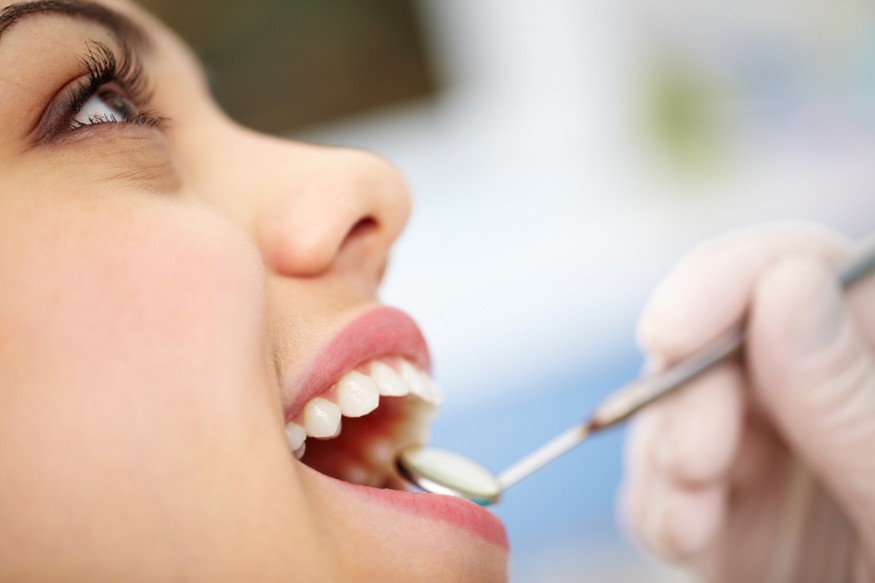
With the trend in periodontal disease on the rise, a new wave of innovation in dental medicine has been spurred. Root biomodification technology, an advanced approach to traditional root planing and scaling procedures, has emerged as a promising avenue to combat this prevalent issue. It seeks to modify the exposed root surfaces and enhance the repair and regeneration of the attachment apparatus, including cementum, periodontal ligament, and alveolar bone.
Sadly, this trend has arisen even in areas traditionally known for affluence and wealth. Recent estimates suggest that nearly half of U.S. adults age 30 and older have some form of periodontal disease, also known as gum disease.
In the advanced stages of this disease, the gum tissue becomes so inflamed that it pulls away from the teeth and exposes the root surface. In some cases, the teeth become so loose that they fall out. The odds of periodontal disease are greatest among seniors. More than 70% of those age 65 and older have this condition, according to the CDC.
The causes of periodontal disease are numerous and can overlap. They include:
Poor oral health care.
Tobacco use.
Hormonal changes, including those caused by pregnancy or menopause.
Smoking marijuana or vaping.
Obesity.
Poor nutrition, such as a lack of Vitamin C.
Genetics.
Lowered immunity due to leukemia, HIV/AIDS, or cancer treatment.
Other diseases, including diabetes, rheumatoid arthritis, and Crohn's disease.
In most cases, periodontal disease begins when bacteria in the mouth interact with food, which causes the formation of plaque. Without adequate oral hygiene, plaque can turn to tartar under the gum line, which may lead to gingivitis, the mildest form of periodontal disease. If untreated, the gum irritation associated with gingivitis can advance to inflammation and deeper infection, causing tissue and bone loss.
Historical methods in treating periodontal disease have been largely either ineffective or cost prohibitive for many patients. Increasing demand for quality treatment eventually led to innovative research methods - such as root biomodification - to address the source of this issue.
Root biomodification is essentially a technique to change the physical and chemical nature of the root surface, making it more biocompatible and conducive to cell attachment and growth. Traditional root planing and scaling procedures are typically followed by a biomodification step. This involves the application of agents such as tetracycline, doxycycline, ethylenediaminetetraacetic acid (EDTA), or even lasers, to modify the root surface.
What makes root biomodification technology a cutting-edge tool is its potential to enhance the regeneration of periodontal tissues. Dr. Vishnu Teja Obulareddy explains, "Root biomodification procedures can help to facilitate periodontal healing by making the root surface more receptive to the attachment of cells and the subsequent regeneration of periodontal tissues. This includes cementum, the protective layer that covers the tooth roots, which is often damaged or destroyed in periodontal disease." This approach may play a significant role in preventing further progression of periodontal disease and improving the overall oral health of patients.
The advent of root biomodification technology does not negate the importance of prevention. Efforts to stem the rise of periodontal disease must also focus on promoting better oral health care habits, combating tobacco use, and addressing systemic issues like obesity and poor nutrition. However, root biomodification technology is a powerful tool in the fight against the debilitating consequences of periodontal disease and holds promise in managing this growing public health issue.
Looking ahead, there is a need for further research on the long-term effectiveness and cost-benefit ratio of root biomodification techniques in managing periodontal disease. As technology continues to evolve, it will be vital to ensure that these new methods are accessible and affordable to all, especially in light of the disproportionate burden of periodontal disease on older and less affluent populations.
As a concluding remark, Dr. Obulareddy underlines, "Innovations like root biomodification technology have the potential to transform how we manage periodontal disease. But, it's equally important to educate the public on prevention strategies and the importance of maintaining good oral health. Periodontal disease is a preventable condition, and we must make every effort to curb its increasing prevalence."
Periodontal disease continues to pose a significant challenge to public health. With root biomodification technology, we may be better equipped to manage this growing issue. By combining prevention, innovation, and education, we can work towards reducing the burden of periodontal disease and improving the oral health of individuals across the globe.
© 2026 ScienceTimes.com All rights reserved. Do not reproduce without permission. The window to the world of Science Times.










